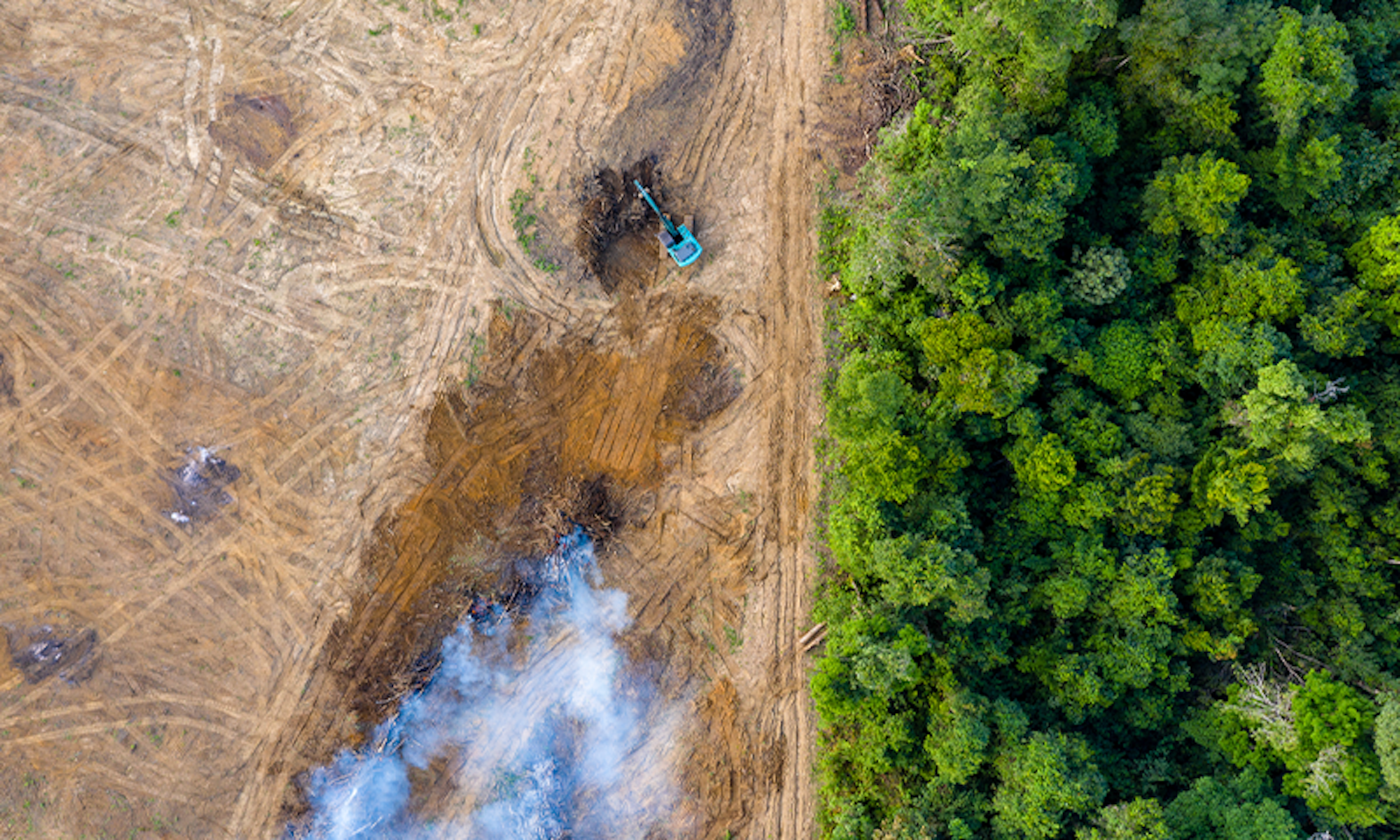The Amazon, our planet’s largest rainforest, continues to lose millions of acres each year, sacrificed to mining, agriculture, ranching, and modern settlement. As the forest disappears, so does its capacity to serve as a giant carbon sink that can help protect us against runaway climate change. But another valuable resource could vanish in the process, as well: the indigenous forestry practices that enabled the trees to thrive for centuries while also supporting human settlement.
In a 2023 paper published in Science, researchers note the double bind of this situation. The Amazon forest, located mostly in Brazil, may appear like unfettered, overgrown nature. But it has actually been shaped over centuries by Indigenous peoples, who introduced farming into the forest environment, including husbandry of animals like llamas, alpacas, and guinea pigs, and plants like Brazil nut, cupuassu, guarana, pineapple, and peach palm. Many ancient, pre-Columbian societies also may have relied heavily on innovative forestry management techniques called earthworks, ancient structures like rings, ditches, ponds, wells, and geoglyphs that were made by moving and stacking soil by societies inhabiting the region going back as far as 500 A.D. Many of these structures have not yet been discovered, say the authors.
“Ironically, modern-day deforestation is removing the very evidence of pre-Columbian land-use strategies that were able to transform the landscape without causing large-scale deforestation,” the researchers write. Modern mining, agriculture, ranching, and settlement threaten not only the trees but also the infrastructure that these ancient cultures left behind.
The paper’s lead author, Vinicius Peripato, is a geographer at Brazil’s National Institute of Space Research. He and his colleagues showed, using a remote-sensing technique called LIDAR, that the ground of the Amazon forest hides between 10,000 and 24,000 earthworks. Most of these earthworks are located in unprotected regions of the Amazon that are most vulnerable to deforestation, known as the “Arc of Deforestation.”
Amazonia was home to societies that managed to use the forest without destroying it.
A consistent set of 53 domesticated tree species, identified in the LIDAR data, were associated with these developments, suggesting active forestry practices among these societies, the researchers note. They propose that the earthworks helped the communities manage the forest sustainably, and could teach us something about how to better manage the forests of today. Documenting the evidence of earthworks could also help establish existing indigenous communities’ rights to the land, the authors write, in turn supporting the communities’ efforts to sustainably manage that land.
“Amazonia was home to dense and complex societies that managed to use the forest without destroying it,” Peripato says. “They altered the geography and biodiversity of the Amazon to sustain their lives.” He and his colleagues say we should protect the Amazonian forests not just for their ecological and environmental value—10 percent of known global species live there—but also for their biocultural value, “which can teach modern society how to sustainably manage its natural resources,” they write.
The constructions of pre-Columbian settlements, some located in Venezuela and elsewhere, point toward complex societies that had vast knowledge of how to create interconnected avenues and causeways, fortified villages, large-ditched enclosures (likely for social, ceremonial, or defensive reasons), geometric geoglyphs like the Nazca lines, plazas, and ceremonial megalithic structures similar to Stonehenge. Yet they were also aware of river dynamics, soil enrichment, and animal and plant ecology, Peripato says. They carefully managed the natural resources of their environment, keeping in mind the diversity, availability, and spread of various plant species.
They built earthworks in areas of forest where it was drier and hotter, and more likely to burn. The drier land was easier to move for building structures or growing crops. They introduced fruit trees, like cacao, for food foraging, and managed rubber plantations for latex, a milky fluid found in many plants, which they used to make not only waterproof containers and shoes but also rubber balls to play ritual games. Taking notes from the way these people managed the forest, in combination with what scientists continue to learn about its carbon-absorption capacity, “could lead to immeasurable developments,” Peripato says. And might even help to bring it back from the brink of calamity. ![]()
Lead image: Richard Whitcombe / Shutterstock




























